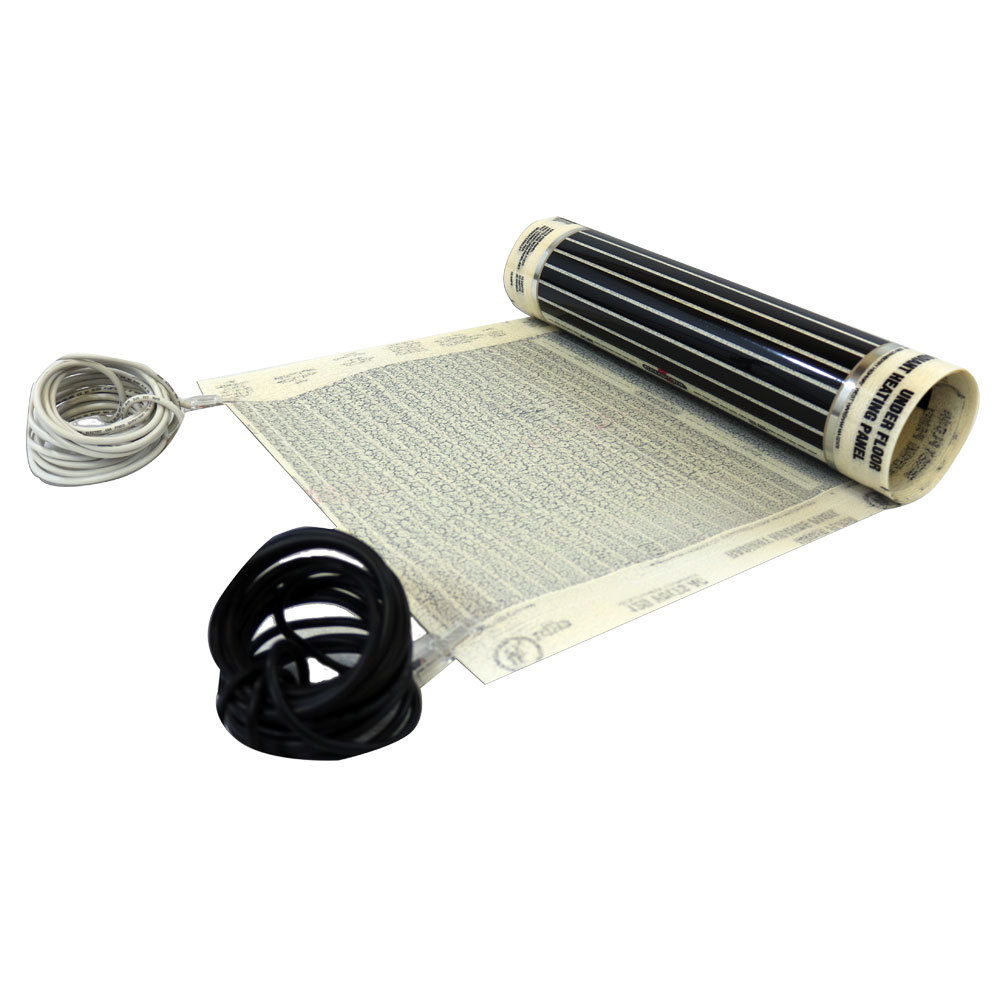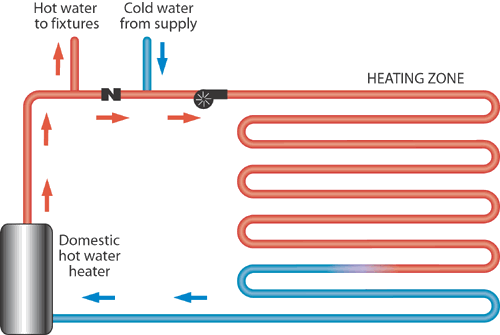
Experiment with different thermostat settings to ensure every part of the system operates as expected. Connect everything to water and electrical components and run the system for some time. Avoid this by testing the entire system before the final flooring installation. Failing to Test the System Before Final Flooring Installationĭiscovering that your installation is faulty after the flooring is laid or the concrete is poured is the worst possible scenario. And damaged electrical cables can short out the system or even cause a fire. Leaky tubing in a hydronic system can cause serious water damage that may not be discovered for some time. You should also ensure that no breaks or cuts in the cables or tubing occurs during installation. You want your tubing, cables, or matting relatively close to the hardwood, tile, or laminate in order for proper heat conduction to occur. Make sure the heating components are distributed in an even pattern at a uniform distance from the flooring material.

In concrete, if the tubing is too deep, you will waste lots of energy heating the slab and still not have a comfortable room above. These components can be installed too deeply in the floor and struggle to provide enough heat for your space. Tubing or Cable Installation ErrorsĬare should be exercised when installing either the electric cables or mats, or the hydronic tubing. This also saves you energy dollars on your heating bill. Of course, the better insulated your home’s walls and ceiling, the more of the radiant heat will stay within your rooms for comfort. A frost wall around the outer edge of the concrete slab captures much of the heat and keeps it within the floor and traveling upward, not outside. This includes insulating a concrete slab when installing a system within the concrete. You gain considerably more of the heat from the system with under-floor insulation. Insulating underneath the floor makes sure your radiant heat is traveling up into the floor and not down into your basement or crawlspace. In fact, the most crucial factor to remember about insulation is not neglecting to insulate the floor underneath the radiant heating system. Many think that because radiant floor heating heats the floor, and heat naturally rises, that insulation is almost unnecessary. No radiant floor heating design guide would be complete without highlighting some important installation mistakes to avoid. Radiant flooring is a great system, but few things could be more frustrating than to spend time and money installing a radiant floor heating system, only to discover that it does not work. With subflooring, flooring material that conducts heat is layered over the system, such as hardwood, laminate, or tile. These radiant components can be embedded within concrete or attached to subflooring. Hydronic systems loop tubing underneath the floor through which hot water flows. With electric radiant heating, loops of heat-conducting cable are zigzagged evenly underneath the floor. One uses heated water, called a hydronic system the other uses electric cables.
#Radiant heating system install#
There are two main types of radiant floor heating that you can install in your home. The result is that your head bakes while your toes freeze. As this air sheds heat, it drops back down.

Heated air blows out of the registers at around 120 degrees, then rises to the top of the room. In a considerable contrast, conventional forced-air heating systems are noisy, filled with pollutants, and heat rooms quite unevenly.

Moreover, the warmed furnishings and wall surfaces do not steal heat from your body, allowing you to stay warmer, longer. The room’s air temperature stays constant, keeping you comfortably warm. The heated objects, such as your furnishings, also radiate any captured heat into the room. Thermal radiation allows heat to rise from below and warm the air above, including any objects in the room. Radiant floor heating systems provide heat through electric wires or matting, or hot water tubing that is within or underneath your home’s flooring material. With this radiant floor heating design guide, Plymouth Plumbing & Heating shares important information about this popular and effective heating system. Radiant floor heating more than meets this criteria with energy efficiency, cost-effectiveness, and cozy comfort even in the coldest climates. The best possible heating source for your home is one that provides the ultimate temperature comfort while almost not being there.


 0 kommentar(er)
0 kommentar(er)
